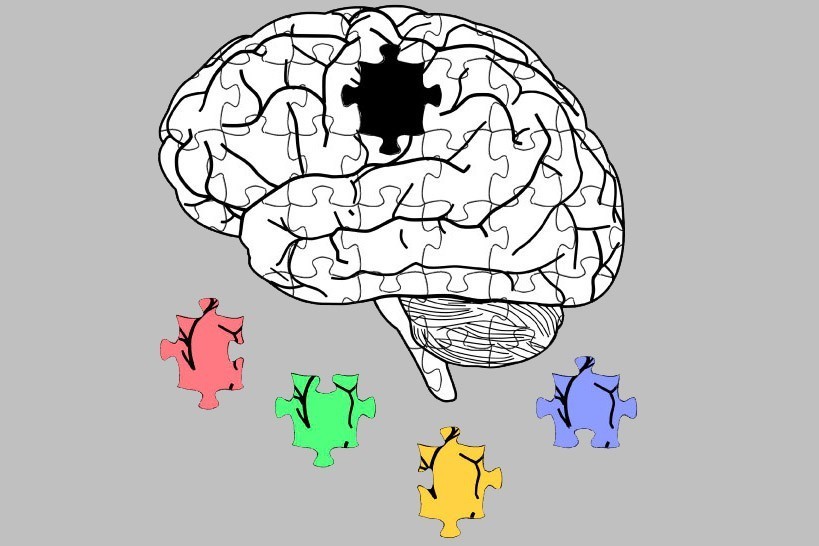
Florent Laferrière et al. in Nature Neuroscience
TDP-43 extracted from frontotemporal lobar degeneration subject brains displays distinct aggregate assemblies and neurotoxic effects reflecting disease progression rates. Laferrière F , Bezard E Picotti P Lashley T Polymenidou M et al. Nat Neurosci. 2019 Jan;22(1):65-77. doi: 10.1038/s41593-018-0294-y. Epub 2018 Dec 17.
Université de Bordeaux, Institut des Maladies Neurodégénératives, UMR 5293, Bordeaux, France. CNRS, Institut des Maladies Neurodégénératives, UMR 5293, Bordeaux, France. Laboratoire d’Erwan Bézard
Accumulation of abnormally phosphorylated TDP-43 (pTDP-43) is the main pathology in affected neurons of people with amyotrophic lateral sclerosis (ALS) and frontotemporal lobar degeneration (FTLD). Morphological diversity and neuroanatomical distribution of pTDP-43 accumulations allowed classification of FTLD cases into at least four subtypes, which are correlated with clinical presentations and genetic causes. To understand the molecular basis of this heterogeneity, we developed SarkoSpin, a new method for biochemical isolation of pathological TDP-43. By combining SarkoSpin with mass spectrometry, we revealed proteins beyond TDP-43 that become abnormally insoluble in a disease subtype-specific” width=”352″]
More details in french (link at the top right)

Last update 12/05/21
